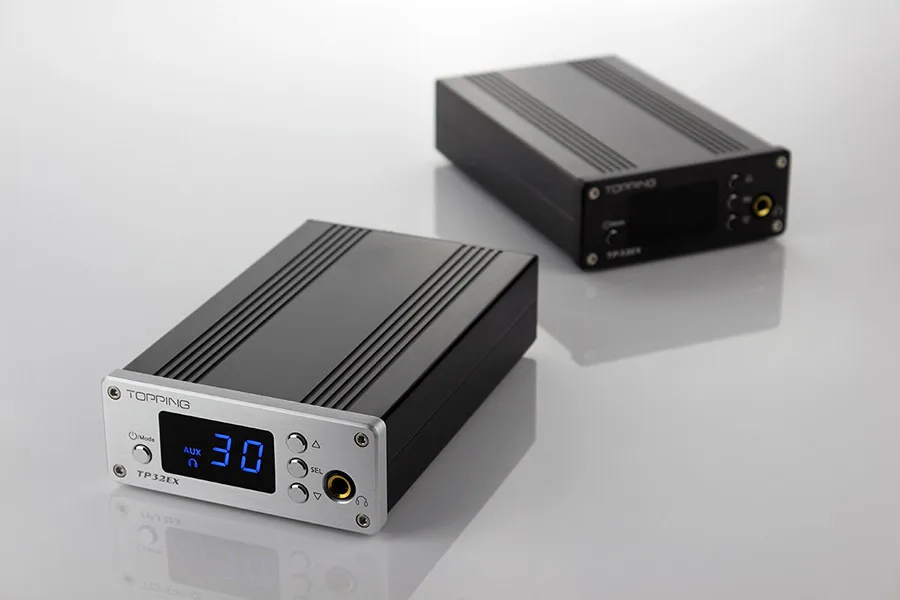Sorry, that's just rubbish. That harks back to the 1970s when THD numbers were the only number people bought their amplifiers based on. How did that work out? Hint: A whole lot of crap sounding amplifiers were bought by ignorant customers.
THD can go sky high at either end of the spectrum. You need to understand, 1kHz is the best case number, not the worst case. 20Hz-20kHz is the minimum bandwidth to specify THD. Nothing else has meaning.
1kHz numbers are for cheaters.
ASR doesn't test for single channel vs both channels. You have no idea how well regulated the supply is and how it affects the numbers.
You also have no idea what the actual, full power continuous ability of the amplifiers tested are, because that isn't tested. ASR's numbers are a non-specific, unspecified period of time, whereas the actual requirements are specific, advertised and required. The FTC requirements are clear and yet ASR does not test in accordance with those requirements.
250mW to rated power for THD over the 20Hz-20kHz bandwidth.
Full rated power for 5 minutes minimum.
Stereophile test accordingly, and that is why
@John Atkinson (JA's) amplifier tests are the gold standard.

